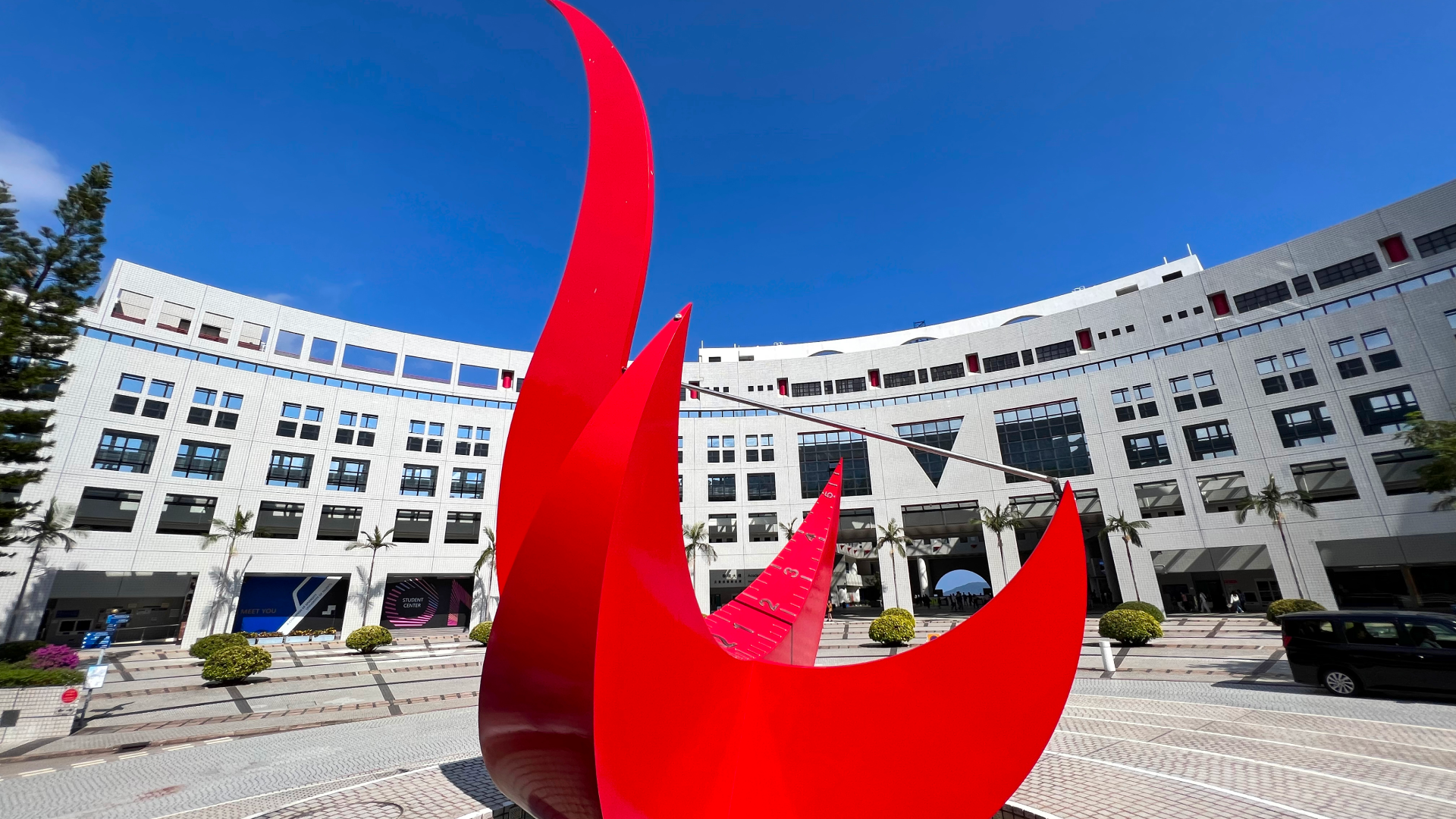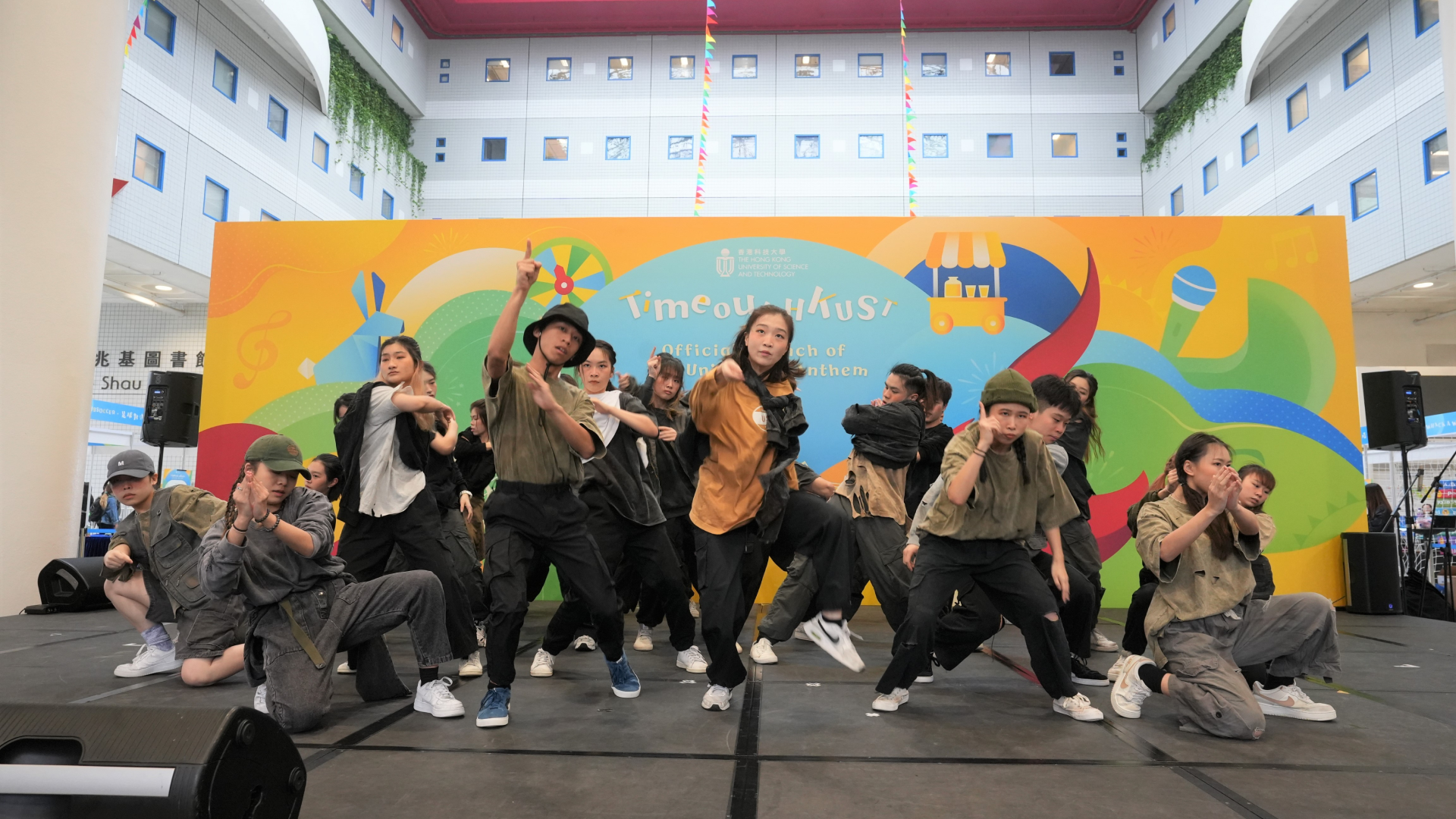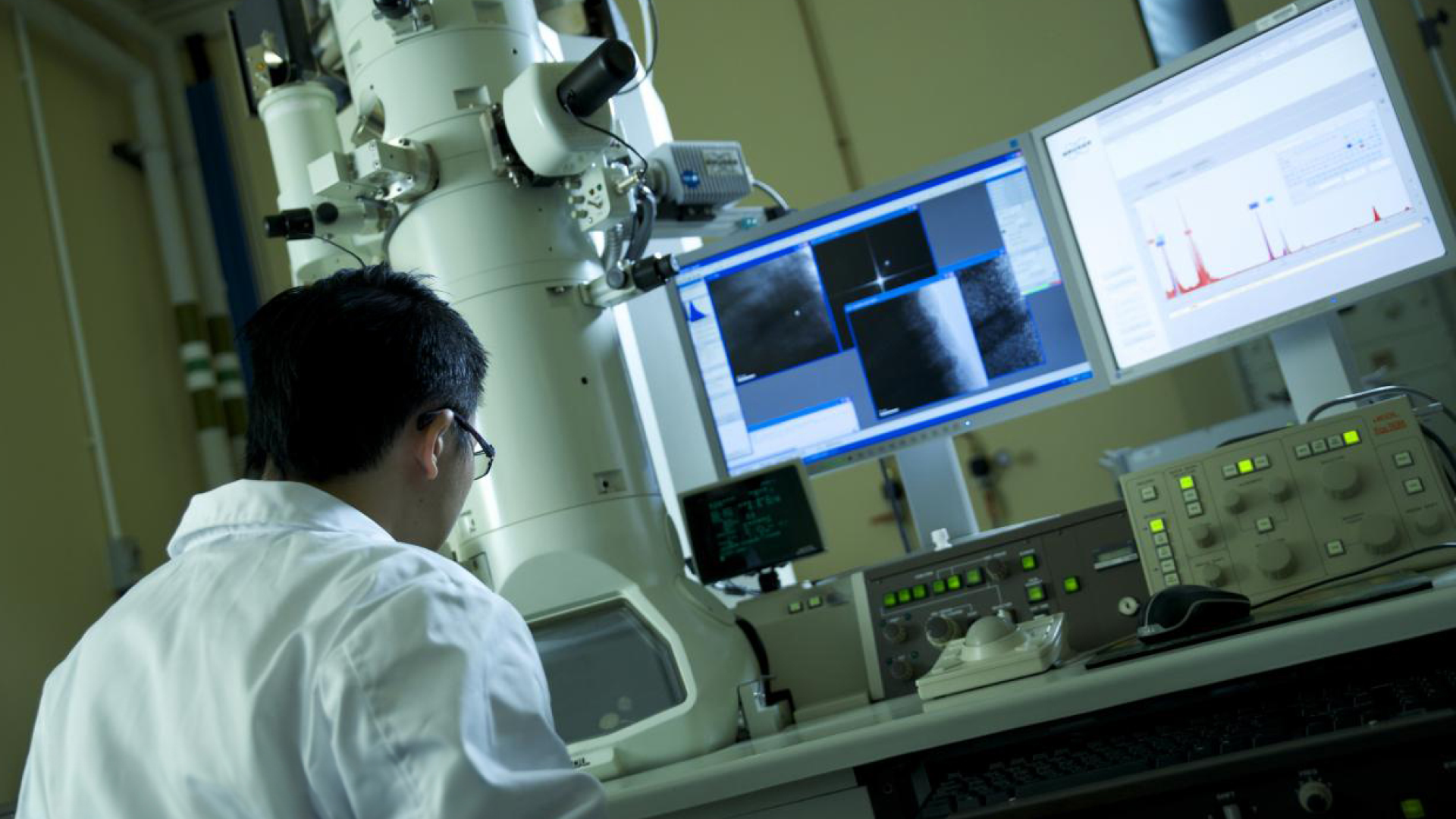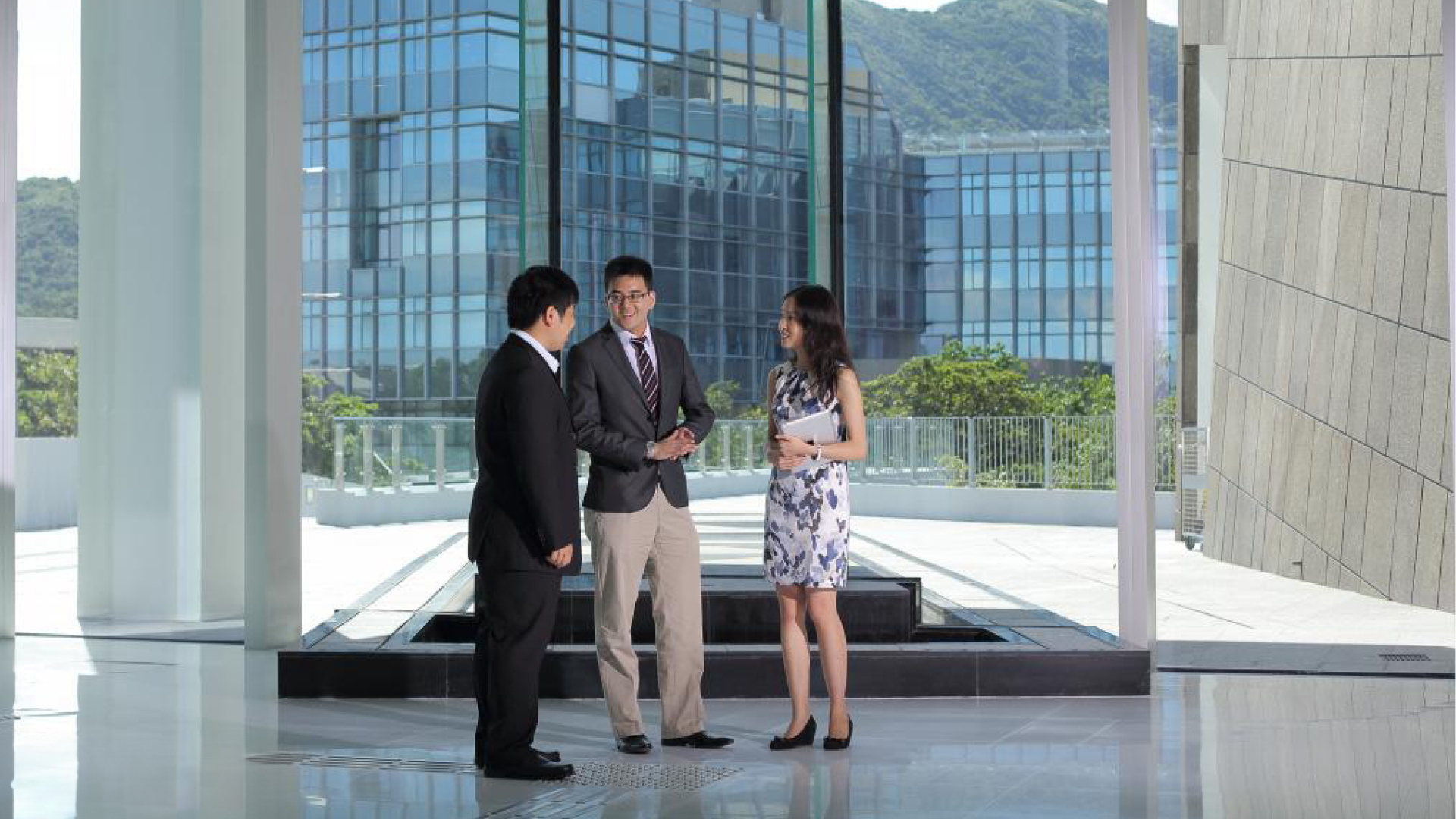HKUST In The Media
HKUST's Institute for Financial Research (IFR) hosted a fireside chat, featuring WTO's former Director-General Mr. Pascal LAMY, in conversation with Director of the HKUST Li & Fung Supply Chain Institute Prof. LI Qing. IFR Assoc. Director Prof. Abhiroop MUKHERJEE highlighted the timeliness and significance of the topic "Global Trade and Geoeconomics: Navigating the New Normal".
Provost and HKGAI Director Prof. GUO Yike presented "Co-creating a New AI Blueprint: The Vision, Mission, and Objectives of HKGAI" at the H3C Digital Tour 2025 – HK & Macau, held in HK yesterday, introducing the background and significance of the center. During the event, H3C signed strategic cooperation agreements with HKGAI and HKIIT, respectively.
A research team led by ECE Assoc. Professor and Assoc. Director of CDR Prof. Abhishek K. SRIVASTAVA, improved the optical performance of QR-LEDs through refined synthesis engineering. They achieved an excellent photoluminescence quantum yield of up to 92% for both green and red quantum rods.
A research team led by OCES Asst. Prof. HE Ding found that the terrestrial contribution to oceanic organic carbon pools is 1.7 to 2.5 times higher than previously assumed, highlighting the need to adjust global carbon cycle models.
MAE Assoc. Prof. Sherry CHEN has developed FerroAI, a deep learning model that can generate phase diagrams for ferroelectric materials in just 20 seconds, in collaboration with Dr. ZHANG Chenbo, a researcher from the School of Physical Science and Engineering at Tongji University.
During the High-Level Forum on Generative AI Governance and Cultural Co-Creation hosted by HKUST’s Academy of Interdisciplinary Studies, the University established a Media Intelligence Research Center (MIRC) to promote deep integration of AI and cultural creativity. The newly established MIRC demonstrates HKUST's commitment to building a well-governed AI ecosystem that emphasizes creative culture.
HKUST has introduced its groundbreaking "Major + X" curriculum, a transformative academic framework designed to directly support Hong Kong’s development into a global AI hub and contribute to the national 15th Five-Year Plan's "AI+" initiative. VPAB Prof. TAM Kar-Yan noted HK has a growing demand for professionals in fields like "AI and machine learning" and "GenAI".
A HKUST student team has developed a smart delivery drone for emergency response in hard-to-reach locations. CSE Prof. LI Mo noted the drone’s long-range communication control, autonomous navigation, and adaptability to different terrains or urban settings.
Stellerus, founded by academics of HKUST in 2023, aims to launch two satellites within the next 18 months, and another five to create a constellation. It is expected to be the world's first provider of satellite-enabled three-dimensional wind data to help wind power, transport and insurance firms boost revenues, cut costs and manage risks.






